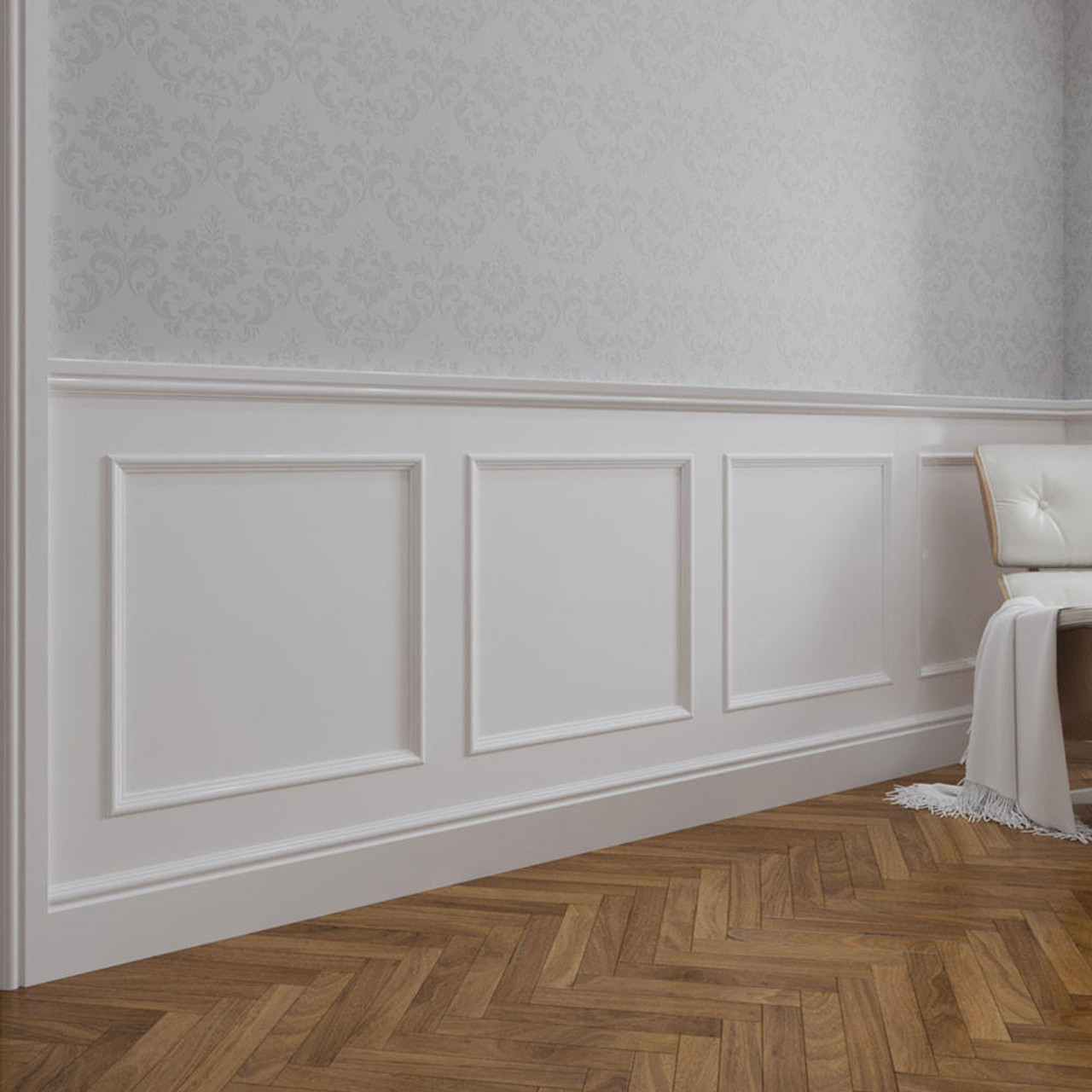Classic vs. Modern Wooden Wall Paneling Designs
Classic vs. Modern Wooden Wall Paneling Designs
Blog Article
Modern Wooden Wall Paneling Tendencies to Watch
Wooden wall paneling has observed a remarkable resurgence in interior style developments, offering a touch of elegance, warmth, and usefulness to any room. Making the right choice for the room can change a boring wall into a wonderful focal point. From fashion criteria to realistic tips, that information will walk you through how to choose an ideal mdf wall panelling kits for your house or office.
1. Consider the Room's Purpose and Aesthetic
Operation
Each space in your home acts an original purpose, and picking a wooden paneling should match it. For a living room, you may decide for extraordinary, distinctive timber to generate an tempting ambiance. Bedrooms might take advantage of easy, smart systems for a inviting and tranquil vibe. For spaces like kitchens or bathrooms, assure you select paneling that's moisture-resistant or closed to resist humidity.
Type and Topic
The aesthetics of the paneling should align with your room's over all theme. For modern rooms, clean lines and light-colored woods such as for instance birch or maple create a sleek look. Rustic or farmhouse spaces are produced to life with distressed timber or reclaimed timber presenting hotter, normal tones. A Scandinavian-inspired design usually advantages of pale woods and simple feed patterns.
2. Pick the Type of Timber and End
Stable Wood vs. Engineered Timber
Solid wood paneling offers an reliable search, toughness, and timeless appeal, but it could be expensive. Manufactured wood sections, on another hand, are more affordable and can be found in different designs and finishes. They are able to copy the looks of wood while providing improved water resistance and less susceptibility to warping.
Finishes and Remedies
Panel completes, such as tainted, decorated, or varnished timber, enjoy a significant position in deciding their ultimate appearance. Staining highlights the normal wheat of the wood, while painted sections allow for a broader selection of shade options. For added security, ensure the systems are made with therapies suited to your environment.
3. Believe About Cell Measurement and Orientation
Wall paneling will come in many different dimensions, from slim pieces to big sheets. Vertical sections could make an area seem older, which is great for spots with lower ceilings. Outside paneling, on another hand, yields a greater feel, creating smaller areas search larger and more open.
4. Know Your Budget
Collection a budget that includes not just the price of the wood paneling but in addition installment and preservation expenses. While premium wood alternatives, like oak or pine, might elevate your space, there are numerous cost-effective solutions like plywood or medium-density fiberboard (MDF) that also produce cosmetic charm at a portion of the cost.
5. Assess Light in the Room

The type of wood and its end can react differently to light. Light woods brighten up dimly lit spaces, showing sunlight or synthetic light. Conversely, darker woods include degree and wealth to obviously brilliant rooms but can make little or defectively lit rooms experience more enclosed if seriously used.
6. Element in Durability and Maintenance
Each type of wooden cell needs different levels of upkeep. Hardwoods like cherry or mahogany are tough and long-lasting but may require more polishing to keep their look over the years. Engineered wood or systems with defensive films in many cases are easier to completely clean and care for, particularly in high-traffic areas.
Lift Your Rooms with the Correct Wooden Paneling
Deciding on the best wooden wall paneling can absolutely transform the appearance and sense of one's space. Hold your room's functionality, style, and practicality in your mind as you investigate options. With clever selection, wooden paneling blends purpose and fashion, offering your decorations a timeless appeal that aligns with modern design trends. Report this page